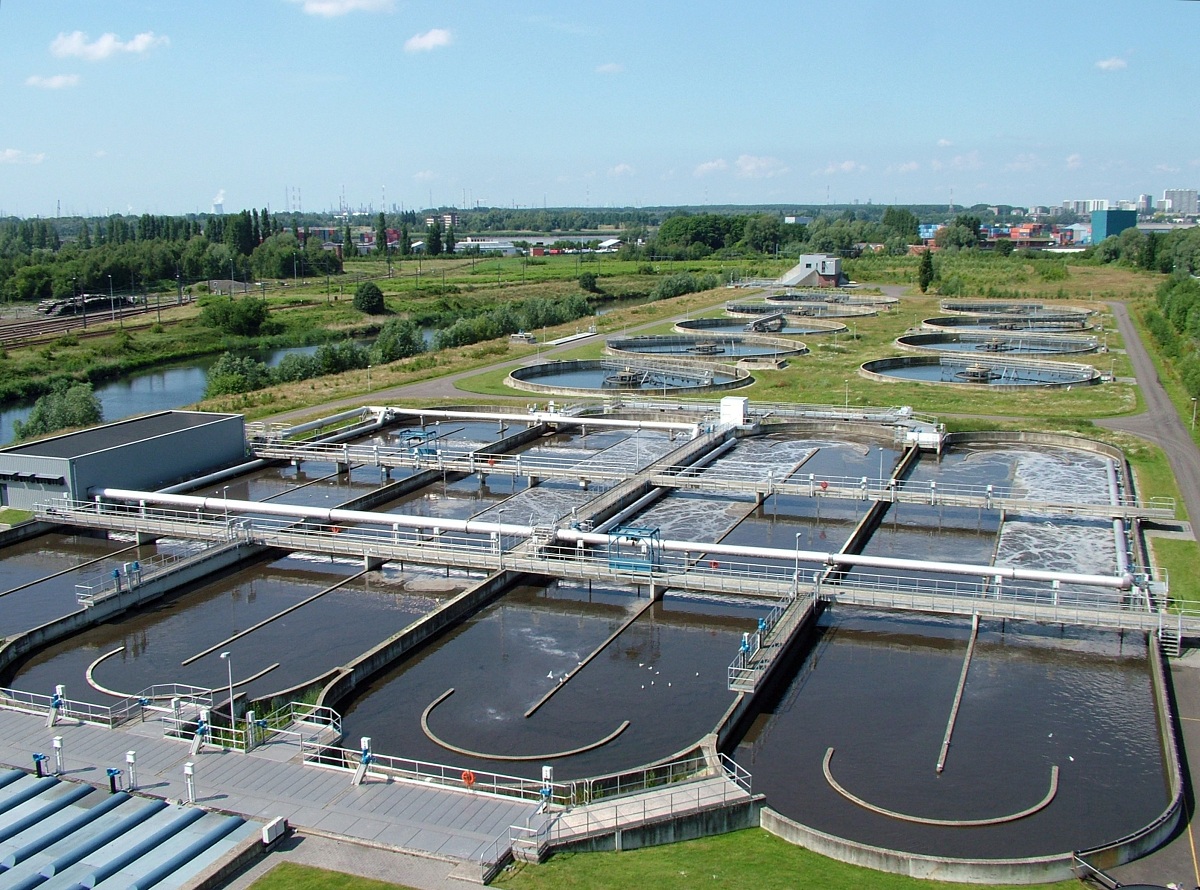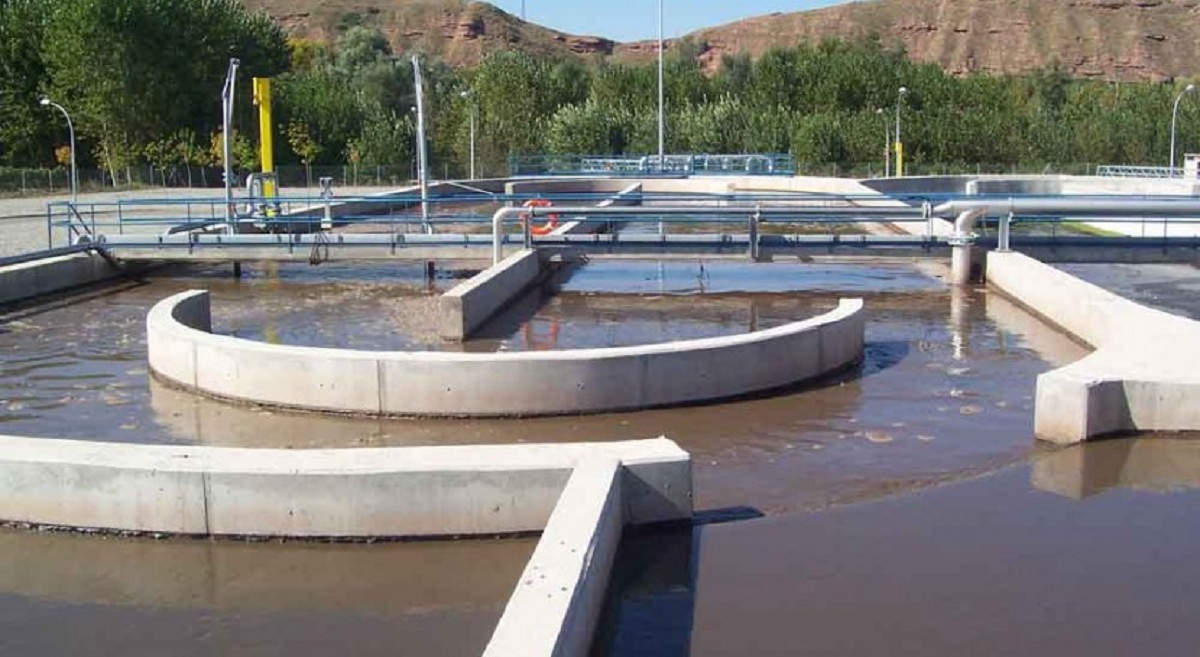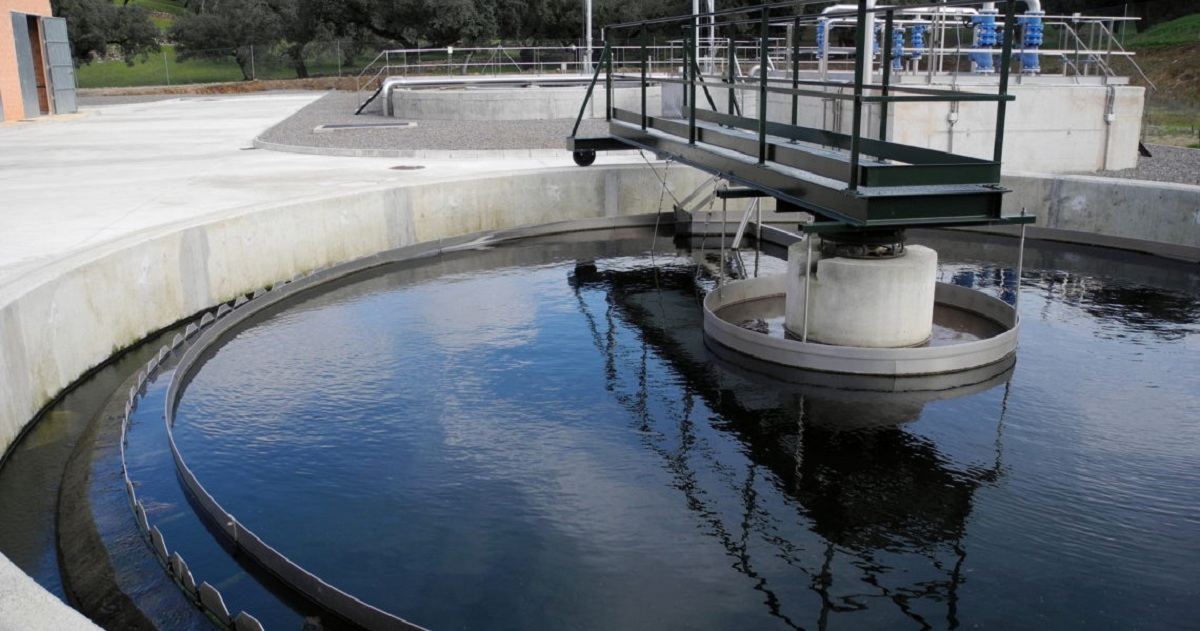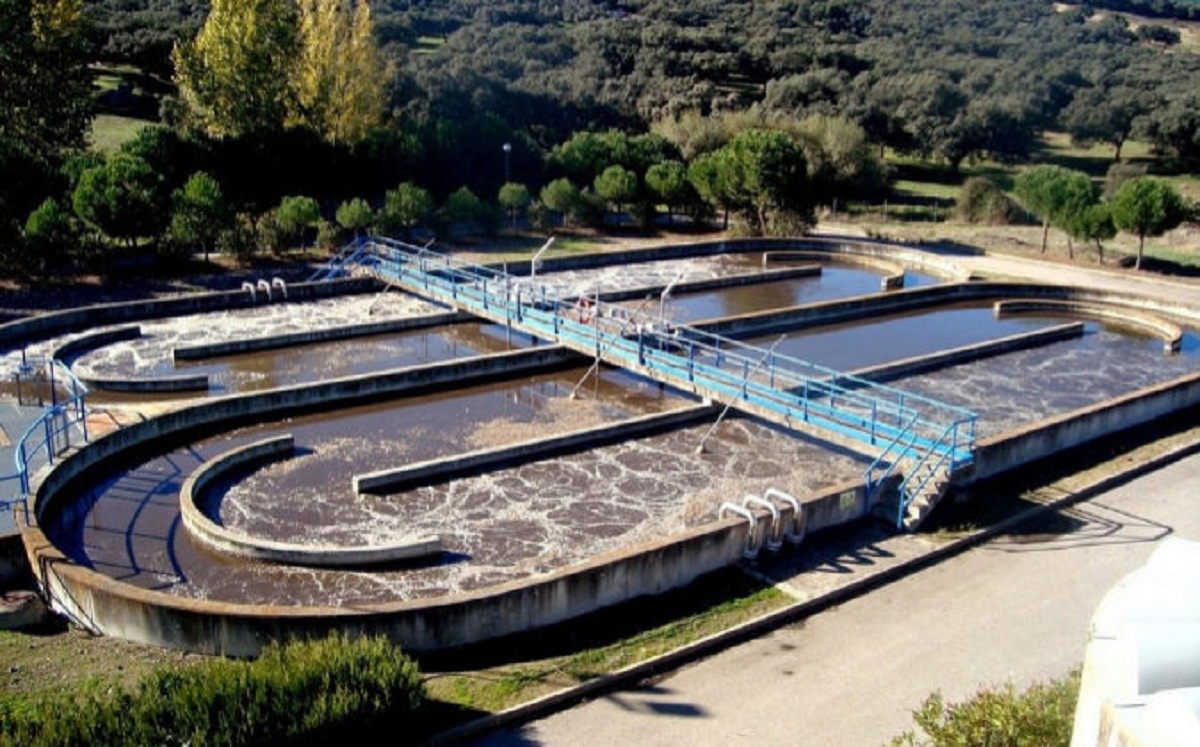
In all human activities, wastewater is generated that must be treated. WWTPs are the stations treatment plants wastewater and are responsible for the treatment of these waters. It is water resulting from human activities that come from cities, industries, agriculture, etc. Posing a potential danger to the environment since spills and leaks can release toxic substances that trigger ecological disasters.
Therefore, we are going to tell you everything you need to know about water treatment plants.
Water treatment processes

In order for the waters to be returned to the natural environment, they must follow a series of treatments whose main objective is to eliminate waste. The treatments vary depending on the characteristics of the wastewater and its final destination. We know that wastewater is collected through collector tubes that make it reach the wastewater treatment plants. It is here where they are subjected to different treatments to be able to purify them.
In almost all seasons, the waters tend to remain an average of 24-48 hours before being returned to the channel. This channel can be a river, a reservoir or the sea. In the treatment plants they are subjected to the following treatments:
- Pretreatment: It consists of the elimination of the largest solids that are present in the water, such as sand and oils. This pretreatment is necessary to be able to condition the water for its subsequent processes.
- Primary treatment
- Secondary treatment: It is only used in the case that you want to further purify the water to pour it into protected natural areas. Due to the high cost they have, it is not usually done normally.
We are going to explain step by step what are the main processes that occur in treatment plants.
Treatments in sewage plants

Primary treatment
It consists of some physical-chemical processes that are applied in order to reduce the content of suspended particles in the water. Most of the suspended solids that are found can be sedimentable or floating. Those that are sedimentable usually reach the bottom after a short period of time, while the latter are particles so small that they are already integrated in the water and cannot float my sediment. In order to eliminate these smaller particles, other more demanding treatments are needed.
Some methods used in primary treatment include the following:
- Sedimentation: it is the process by which sedimentary particles can fall to the bottom thanks to the action of gravity. In this process, which is simple and cheap, up to 40% of the solids contained in the water can be eliminated. Inside the treatment plant there are tanks called decanters and this is where sedimentation takes place.
- Floatation: It consists of the removal of foams, fats and oils since, due to their low density, they tend to settle in the surface layer of the water. In this process it is also possible to remove particles with lower density. To do this, it is necessary to inject air bubbles to facilitate their ascent and removal. With this flotation, up to 75% of suspended solid particles can be removed. This process takes place in other tanks that are called dissolved air floats.
- Neutralization: it is a process that consists of the normalization of the pH. This means that the water should be adjusted to a pH between 6-8.5. In the case of acidic wastewater, the treatment plants have to regulate the amount of heavy metals that are added to the alkaline substances in order to raise the pH of the water. On the contrary, the wastewater is more alkaline carbon dioxide is introduced to reduce the pH to normal values.
- Other processes: if you want to achieve greater purification of wastewater, some techniques are applied such as the use of septic tanks, lagoons, green filters or other chemical processes such as ion exchange, reduction, oxidation, etc.
Secondary treatment in treatment plants

As we have mentioned before, unless a high degree of purification is required, this secondary treatment is not carried out in sewage plants. It consists of a set of biological processes that aims to almost completely eliminate the organic matter present. They are biological processes in which some bacteria and microorganisms are used to transform organic matter into cellular biomass, energy, gases and water. The advantage of this treatment over others is that it is 90% effective.
In the secondary treatment of the sewage plants distinguish it some separate processes in aerobic and anaerobic. The former are in the presence of oxygen and the latter in the absence of oxygen. Let's see what they are:
- Aerobic processes: it is necessary to introduce oxygen to the tanks where stamens enter the wastewater. During this stage the degradation of organic matter takes place and water and carbon dioxide are released. In this stage, nitrogenous products are eliminated, such as ammonia, which is a highly toxic derivative of nitrogen. Although nitrate is no longer toxic, it is a form that can be assimilated by plants, so it can cause a proliferation of algae and nutrient regrowth of them. This nutrient enrichment process is known as eutrophication.
- Anaerobic processes: This is done in the absence of oxygen and fermentative reactions take place in them in which organic matter is transformed into energy, carbon dioxide and methane gas.
We are going to mention some of the treatments that take place in treatment plants:
- Active sludge: It is that treatment that is carried out in the presence of oxygen and consists of adding organic matter flocs with microorganisms to be able to filter the oxygen that the reactions take place.
- Bacterial beds: It is an aerobic process and it involves placing supports where microorganisms and residual water are found. Few amounts are added to be able to maintain aerobic conditions.
- Green filters: They are crops that are irrigated with wastewater and that have the capacity to absorb the compounds.
- Anaerobic digestion: they are carried out in completely closed tanks in the absence of oxygen. Here bacteria are used that produce acid and methane when they degrade organic matter.
I hope that with this information you can learn more about the treatment plants and their characteristics.